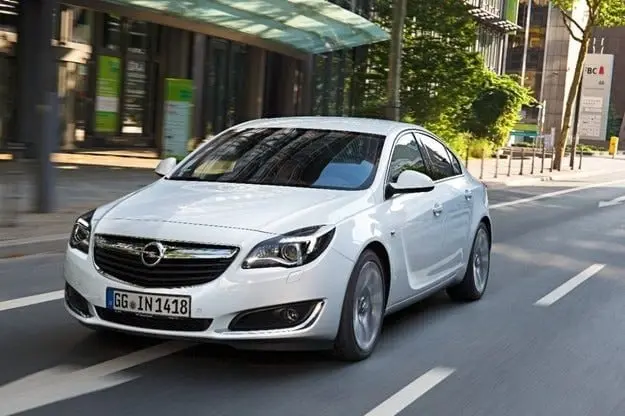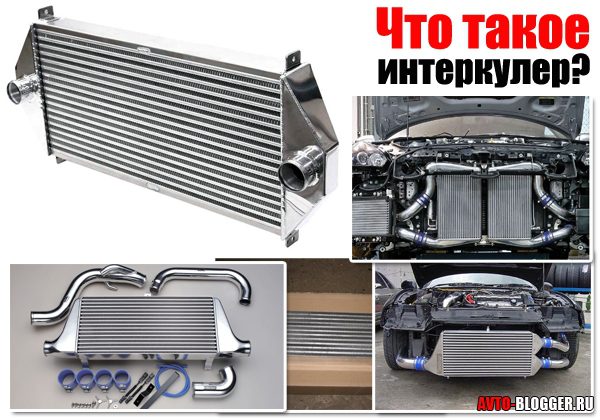
Test drive presenting the new Opel 2,0 CDTI engine

New generation of large diesel units debuted in Paris
High power, high torque, low fuel consumption and emissions combined with class-leading refinement: Opel's new generation 2,0-liter diesel engine is a significant evolution in every respect. This high-tech engine, which debuted in the Insignia and Zafira Tourer at the 2014 Mondial de l'Automobile in Paris (October 4-19), marks another step in the development of Opel's new engine range.
New unit with 125 kW / 170 hp. and an enviable 400 Nm of torque will replace the current 2,0 CDTI engine (120 kW / 163 hp) at the top of Opel's diesel lineup. This efficient Euro 6 machine delivers nearly five percent more power and 14 percent torque, while also lowering fuel consumption and CO2 emissions. Equally important, the engine runs very quietly and in a balanced manner, a result of the hard work of Opel sound engineers to reduce noise, vibration and harshness.
“This high-tech engine is the perfect partner for our largest Insignia and Zafira Tourer models,” said Michael Abelson, vice president of Vehicle Engineering Europe. “Its high power density, balanced performance, economy and driving pleasure make it one of the best diesel engines in its class. The new 6 CDTI is Euro 2,0 compliant and already meets future requirements and will greatly enhance the attractiveness of our diesel engine range.”
The new 2,0 CDTI engine, which will begin production next year, will be the first in a new line of large diesel engines developed by the company itself. The project was implemented by a global team of engineers based in Turin and Rüsselsheim with the support of colleagues from North America. It will be produced at the Opel plant in Kaiserslautern, Germany.
Increased power density and reduced fuel costs and emissions
Extracting the maximum amount of energy from every drop of fuel is the key to achieving high power both in absolute terms and in terms of power density, expressed as a value of 85 hp. / l - or the same specific power as the engine. from the new generation Opel 1.6 CDTI. The new bike guarantees driving pleasure without compromising customer budgets. An impressive 400 Nm of torque is available from 1750 to 2500 rpm and a maximum output of 125 kW / 170 hp. achieved at just 3750 rpm.
Among the key elements to achieve the dynamic qualities of the car are a new combustion chamber, reshaped intake manifolds and a new fuel injection system with a maximum pressure of 2000 bar, with the possibility of up to 10 injections per cycle. This fact is the basis for achieving a high level of power, and improved fuel atomization creates the prerequisites for quieter operation. The choice of the shape of the combustion chamber itself is the result of an analysis of more than 80 computer simulations, five of which were selected for further development.
The VGT turbocharger (Variable Geometry Turbocharger) is equipped with an electric vane guiding device to control the gas flow, providing 20% faster response than a vacuum drive. The extremely compact design of the VGT turbocharger and intercooler reduces the volume of air between the compressor and the engine, further reducing pressure build-up time. To increase the reliability of the turbocharger, the unit has water cooling and an oil filter installed at the inlet to the oil line, which further reduces friction in its bearing.
The turbocharger and exhaust gas recirculation (EGR) module are integrated in a single design for higher efficiency. The EGR module is based on a new concept with a stainless steel radiator providing cooling efficiency of almost 90 percent. The integrated water-cooled exhaust gas recirculation bypass valve reduces pressure drop and its closed-loop control significantly reduces nitrogen oxide and particulate matter (NOx / PM) emissions under varying load conditions, while improving emissions control. hydrocarbons and carbon monoxide (HC and CO).
Smooth operation: Diesel power with precise operation like a gas turbine
Targeted improvement of noise and vibration characteristics in all operating modes has been a key requirement in the development of a new engine since the completion of the main task. Many Computer Aided Engineering (CAE) computer models were used to create and analyze each component and subsystem prior to the creation of the first engine prototype.
Architectural improvements focus on two areas that tend to generate high noise levels: the top and bottom of the engine. New design of the aluminum head, including the addition of a polymer valve bonnet with isolating mountings and gasket, improves noise reduction. The suction manifold is enclosed in a one-piece soundproofing material.
At the bottom of the engine is a new high pressure die-cast aluminum balance shaft module. It houses two oppositely rotating shafts that compensate for up to 83 percent of second-order vibrations. The spur gear of the crankshaft drives one of the balancing shafts, which in turn drives the other. The two-toothed design (scissor gear) ensures precise and smooth tooth engagement, and the absence of a drive chain eliminates the risk of inherent rattling. After detailed analysis, sleeve bearings are preferred over roller bearings for balancing shafts in order to further reduce noise and vibration as well as weight.
The sump design is also new. The previous common element solution has now been replaced by a two-piece design in which a sheet metal bottom is attached to a high pressure die-cast aluminum top. The noise performance and operating balance are further enhanced by various simulations of acoustic optimization of the inner and outer ribs of the two sections.
Other sound engineering measures to reduce noise include:
optimized injectors to reduce the noise generated by the combustion process without reducing fuel consumption; designed taking into account the acoustic characteristics of the ribs in the cast iron cylinder block; individual balancing of compressor and turbine wheels; improved gearing of the timing belt teeth and the insulating elements for fastening its cover.
As a result of these design decisions, the new engine produces less noise in the operating range than its predecessor, and at idle it is five decibels quieter.
Clean gases using Selective Catalytic Reduction (SCR)
The new 2,0 CDTI has emissions similar to those of gasoline, thanks in large part to the Opel BlueInjection Selective Catalytic Reduction (SCR) system, which meets Euro 6 standards.
BlueInjection is an aftertreatment technology that removes nitrogen oxides (NOx) from exhaust gases. The operation of the SCR is based on the use of a harmless AdBlue® fluid, consisting of urea and water, injected into the exhaust stream. In this process, the solution decomposes to ammonia, which is absorbed by a special catalytic porous mass. When reacting with it, nitrogen oxides (NOx), which are part of the total amount of harmful substances in the exhaust gases entering the catalyst, are selectively decomposed to pure nitrogen and water vapor. The AdBlue solution, available at charging stations in shopping malls and at Opel service stations, is stored in a tank that can be filled if necessary through a hole located next to the filling port.
